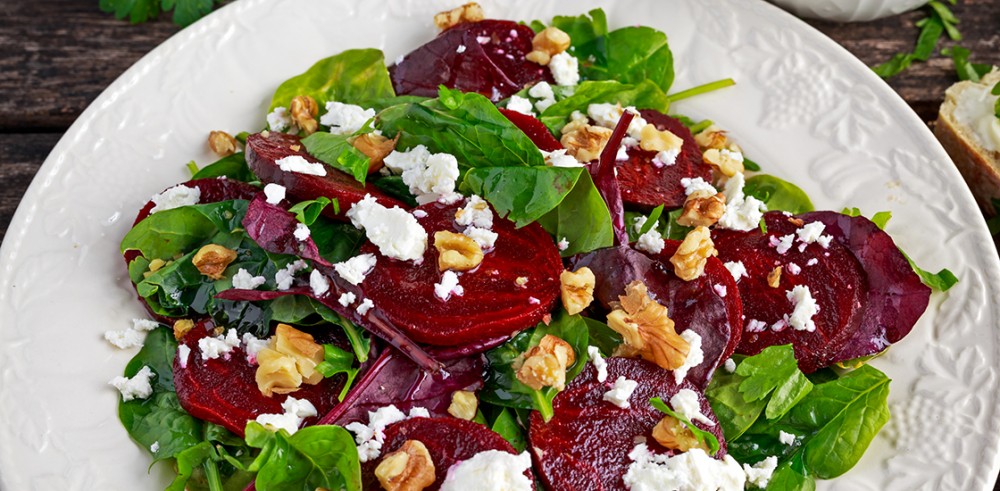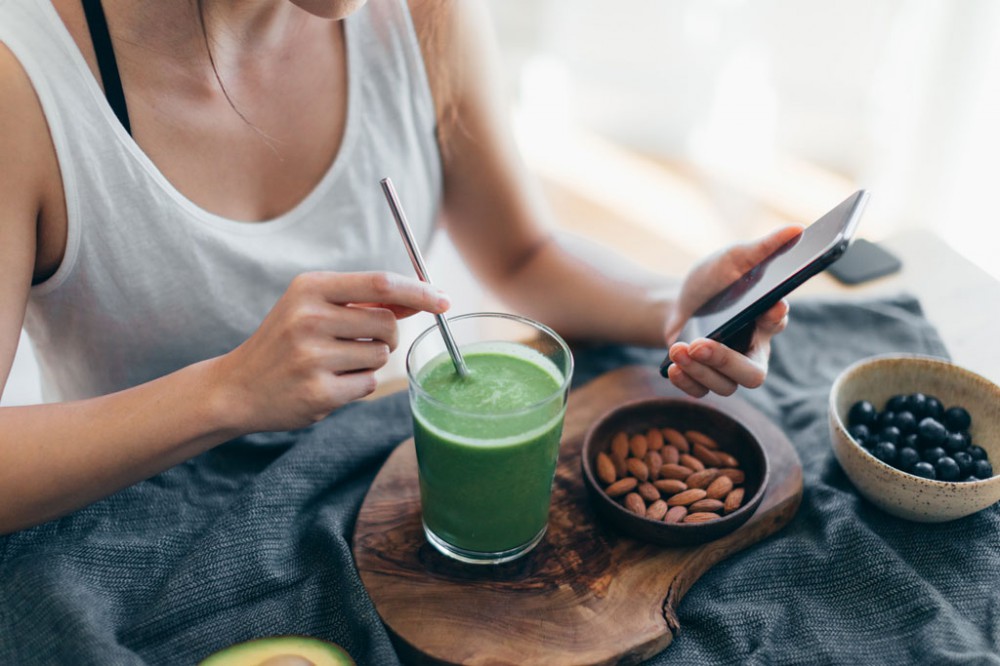Your eating habits affect stress and energy in ways that can be both emotionally productive or emotionally draining. We realize this is not exactly breaking news, and food science is evolving, but both conventional wisdom and empirical evidence imply that some foods–or combinations of foods–that we call “good mood food” can give you an emotional lift.
Working long shifts or participating in extended study sessions can take a toll, so we decided to compile some of the latest mood boosting food buzz to help you find a few options to feel good in both body and brain. You are what you eat. So focus on eating happy!
- Micro-Munching: For some, an overflowing platter at every meal is the best way to fuel up. For others, a big meal can actually temporarily drag you down, as you try to go about your business and your body’s been given a major digesting assignment. Don’t be afraid to eat your meals in installments, if it keeps you feeling more nimble. An example: Instead of a large deli sandwich for lunch, take it in installments: some crackers; a few rolls of sliced deli meat; a dill pickle and yeah, have chips (If you wanna) over the course of a few hours.
- Eat in Full Color: Try to consume “good mood food” across the spectrum, literally. By simply choosing to have a multicolored meal (think peppers, avocado, berries, eggplant, and of course, greens) you’ll have both a feast for the eyes and the mind. And healthy food habits don’t stop with fruits and veggies. Neutrals are encouraged as well (nuts, seeds). While none of these are the main course (unless you’re a squirrel) supplementing your meals with a produce rainbow is an easy way to help you get all the nutrients you need to stay healthy and upbeat.
- Between Meals: Kind of like micro-munching, on-the-go food can be as important as a full meal, especially when you don’t have time for one. The almighty banana is both portable and potassium-packed. An either store-bought or home-assembled trail mix is also a great substitute–oats are great, dried fruits will give you a sugar boost, and don’t be afraid to throw some chocolate chips in the mix (see below for more on chocolate).
- Blood Sugar Boosters: A big drop in blood sugar can seem to come out of nowhere, and make it hard to function. The effects can range from mild irritability to dizziness and heart palpitations. It’s not easy to function normally without some blood sugar balance. If a fast-acting sugar fix is needed, fruit juice is a quick way to combat mild hypoglycemia. Or, if you prefer a solid, an actual piece of fruit is your friend during a low–blood-pressure moment. Dairy (milk, yogurt), or even a cracker or two are mood boosting foods that can also help you get your bearings.
- Room for Dessert? Try dark chocolate, emphasis on the “dark.” Snapping off a square or two (or three, or six) is a way to treat your taste buds as well as your mood. Some recent studies show dark chocolate consumption can reduce the risk of depression by as much as 70%. Just don’t leave this “good mood food” sitting out where your dog can get it–dark chocolate is toxic to your canine companion.
Everyone’s taste and metabolism is different, and it’s important to listen to your body’s cues when it comes to food. If you simply don’t care for eggplant, or have a gluten allergy, or already have established a system that you think works for you, all of the above is nothing more than food for thought.
WCU provides career guidance and assistance but cannot guarantee employment. The views and opinions expressed are those of the individuals and do not necessarily reflect the beliefs or position of the school or of any instructor or student.



